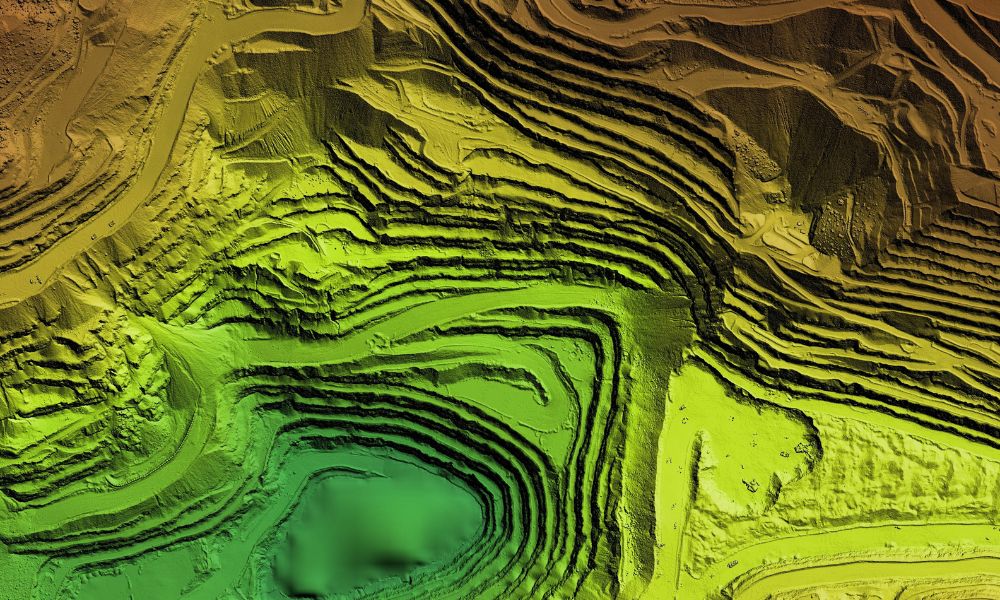The deployment of distance measurement technologies is crucial to understanding the nuances that define the effectiveness of time of flight (ToF) sensors and light detection and ranging (LiDAR) systems. Both serve the integral function of gauging distances within diverse operational contexts yet distinguish themselves through inherent technical capabilities. Compare and contrast the differences between the time of flight sensors and LiDAR to find the precise measurement solution for you.
Understanding Time of Flight Sensors
Time of flight sensors determine the distance to an object by measuring the time it takes for a light signal to travel to the target and back. ToF technology employs a simple yet effective mechanism for quick area-scanning applications. Many use this measuring solution in multiple applications, including industrial automation, robotics, and consumer electronics like smartphones that require 3D imaging capabilities.
How LiDAR Technology Works
Light detection and ranging is a more complex technology that also uses light to measure distances. However, LiDAR technology emits rapid pulses of laser light, measuring how long each pulse takes to bounce back. This technology excels at creating high-resolution maps and many use it when performing geospatial surveys, to create autonomous vehicles, and when monitoring the environment.
Key Differences Between ToF and LiDAR
Light Type
ToF sensors typically use infrared light for signal transmission, which allows for efficient short to medium-range distance measurements. In contrast, LiDAR systems often employ more powerful laser light sources that can extend their operational range and provide detailed, high-resolution spatial data. Their light emission also varies slightly. ToF sensors can also emit a continuous light signal. LiDAR usually utilizes pulsed laser light.
Resolution and Precision
LiDAR systems can provide higher-resolution images and more precise distance measurements than ToF sensors. LiDAR’s high resolution is particularly useful in applications that require detailed surface maps, such as topographical mapping in geospatial analysis.
Cost and Complexity
ToF sensors are typically more cost-effective and less complex than LiDAR systems, offering simpler design structures, inexpensive components, and minimal maintenance. Their simplicity and cost-effectiveness make ToF sensors more suitable for mass-market products where the balance between functionality and cost is critical, such as in consumer electronics.
Application Suitability
Each of these measurement solutions has its use case scenarios where it excels. Many use ToF in applications where space constraints and power efficiency are important, while others prefer LiDAR for high-precision mapping and autonomous navigation that requires detailed environmental data.
Choosing the Right Sensor for Your Application
One must consider the differences between the time of flight sensors and LiDAR in resolution, accuracy, range, cost constraints, and the operational environment. While ToF sensors offer a cost-effective solution for short-range applications, LiDAR provides the accuracy and detail necessary for more demanding tasks that require precise environmental mapping.
No matter your choice, both leverage digital time measurements, achieving accurate distance calculations. With PMT’s technical support and selection of time-to-digital converter measurement solutions, you can maximize your LiDAR and ToF sensor technology, guaranteeing even more precise measurements. Contact a PMT representative to learn about evaluation systems today and get your product in production quickly.

